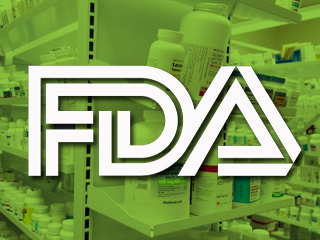eMarketer has now released new data that has show that consumers in the U.S. aren’t keeping up with the globe.
Some of the latest data issued by eMarketer has revealed that American consumers purchased an estimated total of $48 billion of products and services over m-commerce channels throughout 2015.
That represents an increase of 32 percent when compared to the same time in 2014.
Throughout 2015, m-commerce shopping made up an estimated 22 percent of all online retail shopping, according to the eMarketer figures for the United States. That represents a rise of 3 percentage points over the same figure from 2014. While that does appear to be a strong figure, it also shows that mobile shopping is being used more broadly in other parts of the world. For example, in South Korea, 46 percent of all online retail sales were conducted over smartphones or tablets. That represented 5.1 percent of the whole retail sales total for 2015.
Similar m-commerce figures were seen in other parts of the world, showing that the U.S. is lagging behind.
 In China, for example, 50 percent of all online shopping sales and nearly 8 percent of retail purchases occurred over smartphones and tablets throughout 2015, according to the estimates from eMarketer.
In China, for example, 50 percent of all online shopping sales and nearly 8 percent of retail purchases occurred over smartphones and tablets throughout 2015, according to the estimates from eMarketer.
Comparatively, in the U.S., consumers continue to use their mobile devices primarily for informing themselves about products as opposed to actually making a purchase. In the United States, under 2 percent of total retail sales are conducted by smartphone or tablet. Moreover, even though there have been some major mobile payments players that have entered that market – such as Apple and Google – only 14 percent of Americans said they would be interested in purchasing something over their mobile devices during the holiday season, said statistics from Bankrate.
Even specifically among Millennials, the demographic most likely to use their smartphones for activities such as shopping, only 20 percent said they had intended to use m-commerce for holiday purchases either online or through wallet apps that would be used in a retail brick and mortar location. It remains clear that the United States is a market facing considerable barriers to mobile shopping.

 The FDA is already getting itself ready to handle the anticipated influx of
The FDA is already getting itself ready to handle the anticipated influx of 